When we think of the tallest mountain on Earth, Mount Everest almost always takes the crown. Towering at 8,848 meters above sea level, it’s known as the “roof of the world”—but is it really the biggest mountain on Earth?
Let’s dive deeper (literally) and ask:
What if the oceans dried up?
Would Everest still be the tallest, or are there hidden giants beneath the waves that surpass it?
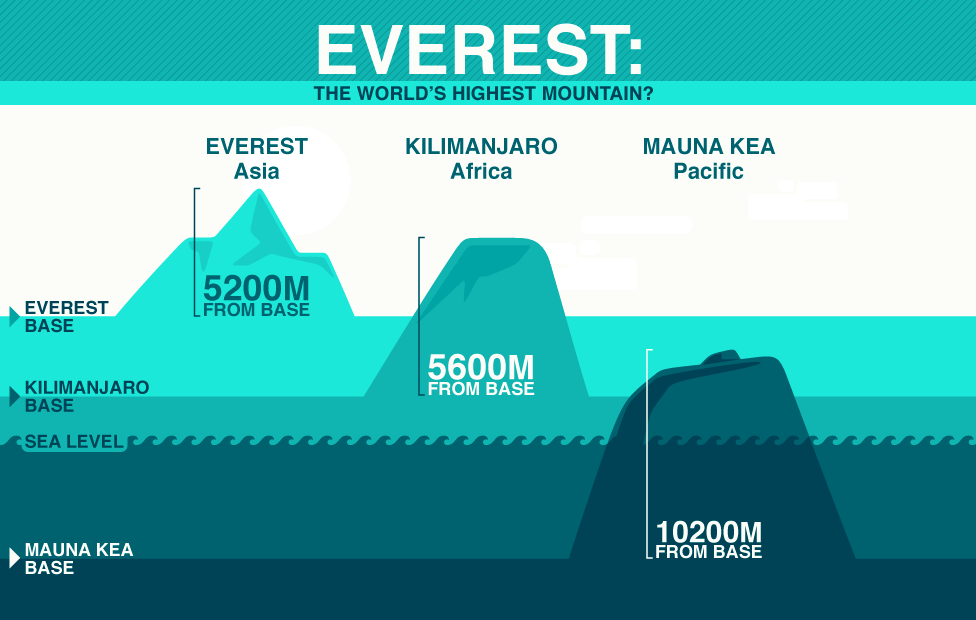
🌊 The Hidden Giant: Mauna Kea, Hawaii
- Elevation above sea level: 4,207 meters
- True height from base (on the ocean floor): ~10,200 meters
- Taller than Everest? Yes!
Mauna Kea is a dormant volcano that rises from the seafloor of the Pacific Ocean. While its peak doesn’t compete with Everest in visible height, its total size from base to summit makes it the tallest mountain on Earth—even taller than Everest by over 1,300 meters.
If Earth’s oceans were drained, Mauna Kea would stand exposed as the true giant, revealing a vast volcanic structure unmatched in height.
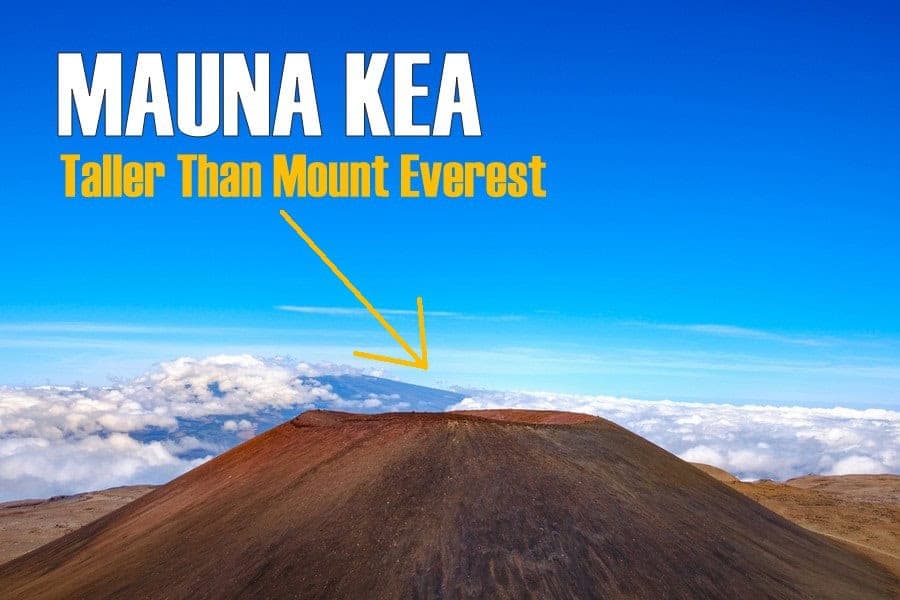
🏔️ Mount Everest – The World’s Highest Peak Above Sea Level
- Elevation: 8,848 meters (29,031 feet)
- Base (on the Tibetan Plateau): ~4,200 meters
- True vertical rise from base: ~4,600 meters
Mount Everest remains the highest point above sea level, which is why it holds such prestige. But it’s not the tallest from base to summit—that title belongs to others when you remove sea level from the equation.

❄️ Denali (Alaska) – North America’s Towering Titan
- Elevation: 6,190 meters
- Vertical rise from base: ~5,500 meters
- Denali’s base is close to sea level, giving it one of the largest land-based vertical rises in the world.
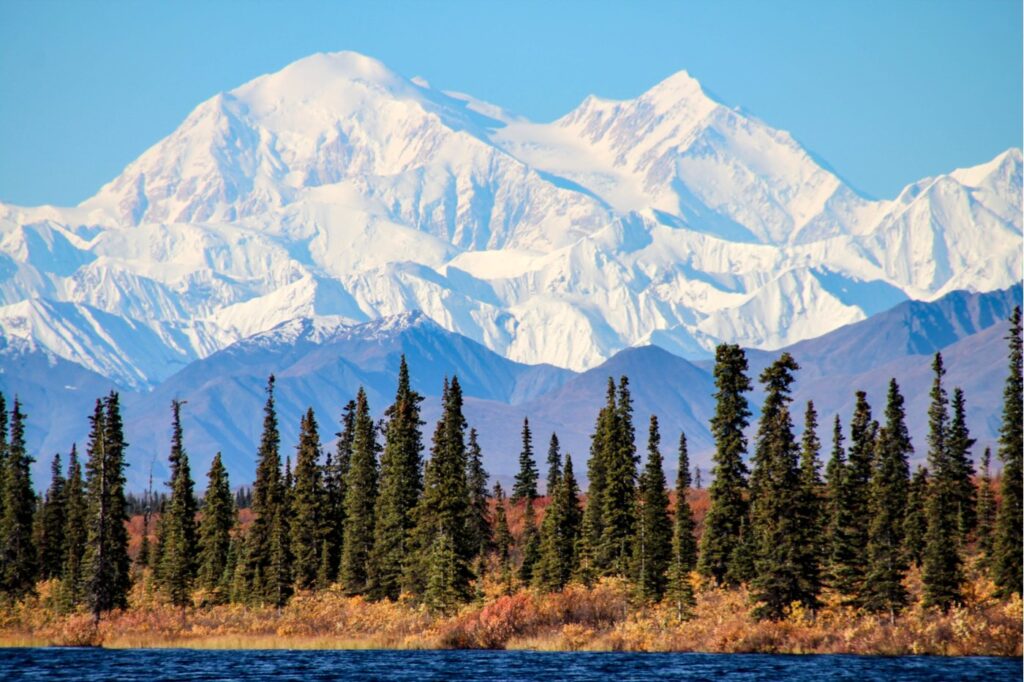
🌍 Chimborazo – The Closest Point to Space
- Elevation: 6,263 meters
- Location: Ecuador, Andes Mountains
- Claim to fame: Due to Earth’s equatorial bulge, Chimborazo’s summit is the farthest point from Earth’s center—even more than Everest!
So, if we measured from the center of the Earth, Chimborazo would beat Everest, thanks to its location near the equator where Earth bulges outward.
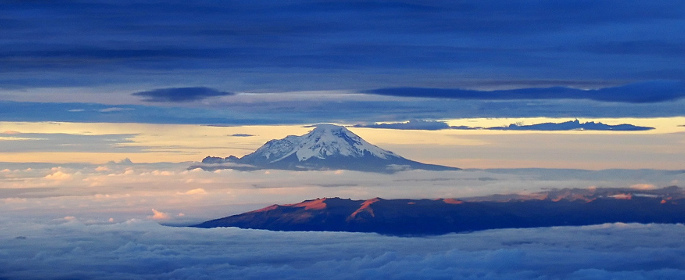
🏔️ Mount Kilimanjaro – The Tallest Free-Standing Mountain
- Elevation: 5,895 meters
- Base-to-summit rise: ~4,900 meters
- Stands completely alone on the African plains
Unlike Everest or Denali, Kilimanjaro isn’t part of a mountain range. It rises like a monolith, giving it an unforgettable silhouette on the African horizon.
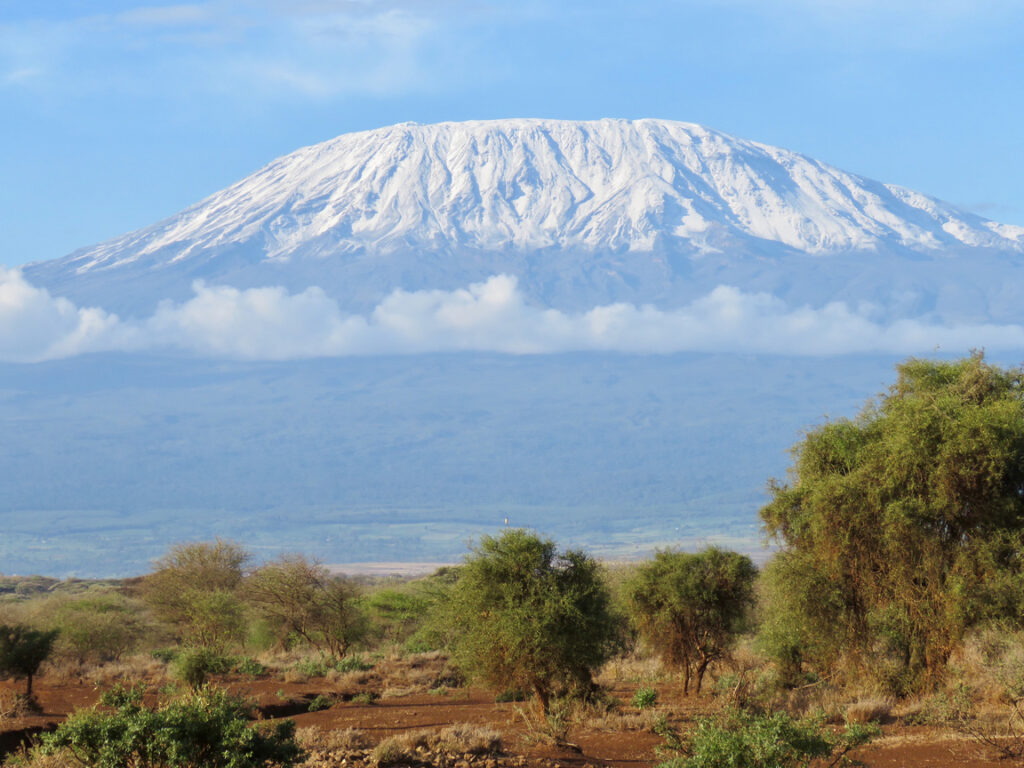
🌐 The Real Ranking of Earth’s Mountains
| Mountain | Elevation Above Sea Level | True Height (Base to Peak) | Special Distinction |
|---|---|---|---|
| Mauna Kea | 4,207 m | ~10,200 m | Tallest overall from base |
| Mount Everest | 8,848 m | ~4,600 m | Highest above sea level |
| Denali | 6,190 m | ~5,500 m | Tallest land mountain by rise |
| Chimborazo | 6,263 m | — | Farthest from Earth’s center |
| Kilimanjaro | 5,895 m | ~4,900 m | Tallest free-standing |
🔭 What This Tells Us
The Earth holds secrets beneath its oceans, within tectonic folds, and across its bulging equator. Depending on how you measure—from sea level, from the base, or from the Earth’s core—“the tallest mountain” takes on a completely different meaning.
🌄 Final Thought: Mountains Aren’t Just About Altitude
They’re about perspective, geology, and the hidden power of the planet. The next time someone says Everest is the tallest mountain in the world, you can nod politely—and then share the secret of Mauna Kea, the invisible giant.